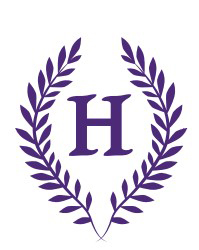Zones of Regulation

What are Zones of Regulation?
The zones of regulation are a framework designed to help individuals, especially children, develop self-regulation skills and emotional control. It was developed by Leah Kuypers and is often used in educational and therapeutic settings. The framework categorises emotions and states of alertness into four colour-coded zones, each representing a different level of emotional regulation. The four zones are:
- Blue Zone (Low Energy/Down): In this zone, individuals may feel sad, tired, sick, or bored. The Blue Zone is associated with low energy and a lower state of alertness.
- Green Zone (Good to Go): The Green Zone represents a calm and focused state. People in this zone feel happy, content, and ready to learn. It is the optimal zone for learning and social interactions.
- Yellow Zone (Heightened State of Alertness): The Yellow Zone indicates a heightened state of alertness. Individuals may be experiencing stress, frustration, excitement, or anxiety. It's a state where individuals are not in complete control but are not out of control either.
- Red Zone (High Alert/Overwhelmed): The Red Zone represents an extremely heightened state of alertness and intense emotions. Individuals may be angry, terrified, or out of control. The Red Zone is associated with a loss of control over one's emotions and actions.
The Zones of Regulation provide a common language for people to express and understand their emotions, as well as tools and strategies to help them move between zones. The goal is to help individuals recognise and regulate their emotions, leading to improved self-control, social interactions, and overall well-being.
Why have we introduced this at Heatherside?
We want all our children to thrive and be able to recognise and manage different emotions and feelings. We want them to know that we all experience a range of emotions throughout our day and that, if we have big or uncomfortable feelings, there are things we can do to help ourselves. The Zones approach provides a simple, visual approach and through a series of interactive activities, we hope that the children's social and emotional development will be well-supported.
The Zones of Regulation framework enhances the PSHE curriculum in promoting emotional awareness and self-regulation among students. This approach groups emotions into four distinct zones—Blue, Green, Yellow, and Red—each representing different feelings and states of alertness. By helping children identify and articulate their emotions, the framework develops emotional literacy. The zones of regulations allow us to create a safe environment where students can discuss feelings, develop coping strategies, and practice problem-solving skills. This not only supports mental health but also develops social interactions and relationships. As students learn to recognise their emotional states and use appropriate tools to manage them, they become more resilient and better equipped to navigate social challenges.
